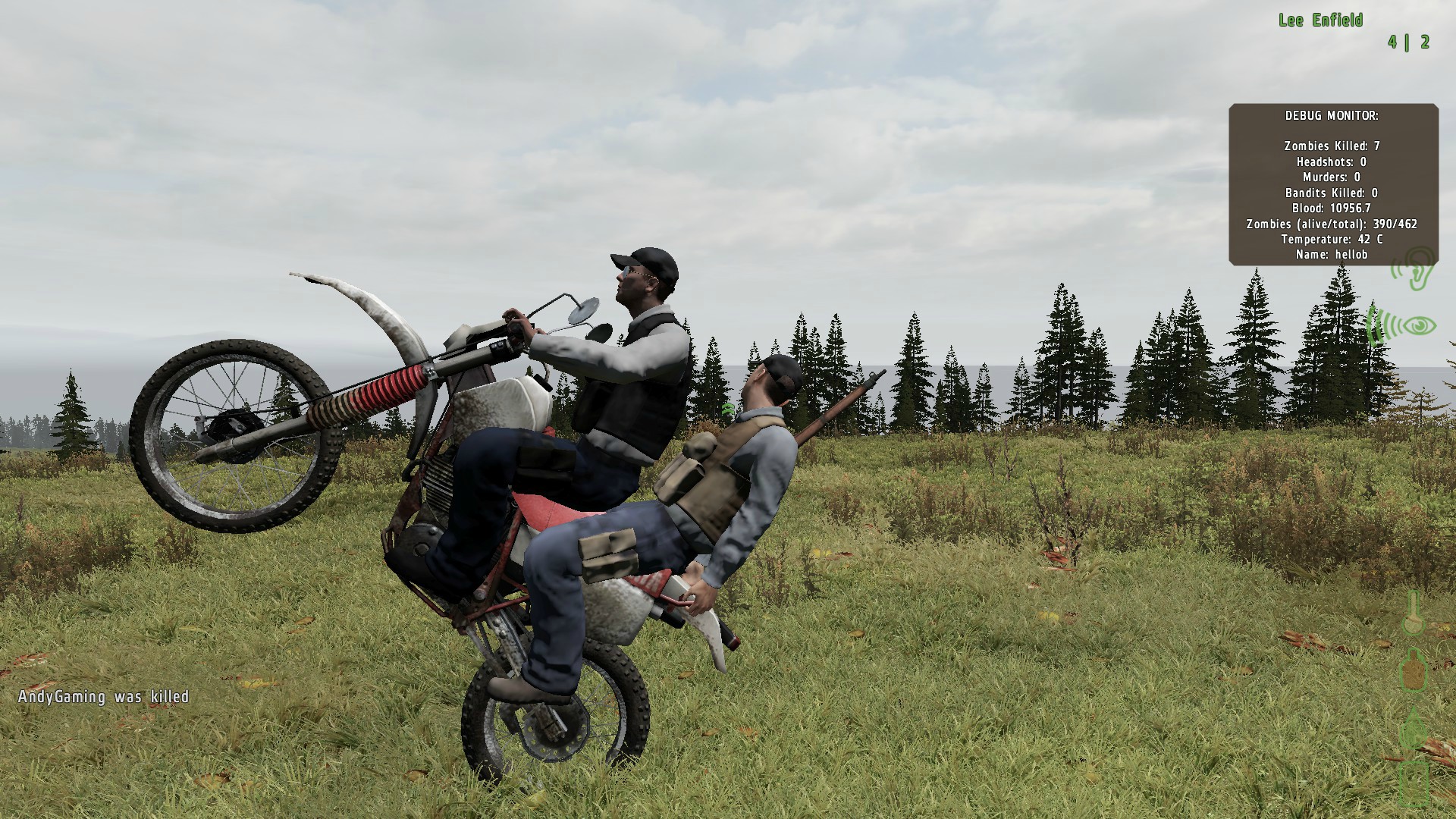
From simple sliders and skins to full-on, triple-A-like expansions, ‘modifications’ have become the creative bridge that’s combined developers and fans into one talent-infused organism. Through a set of dedicated amateur programmers and designers, a game can live on when its creators move on to pastures new, or be reborn in a wildly different tangent.
Mods aren’t just playthings for closed communities, either. Some of the biggest games of the last decade or two have risen from such tweaked and remapped creations, including the glitchy brutality of DayZ and the no-scoping theatrics of Counter-Strike. Today, mods have become the lifeblood of creative gamers who want to do more than just play a passive role.
They’ve even inspired their very own subcultures, too – even today, machinima and demoscene (where users take game assets and use them to create short films) have made helped some of the biggest games escape their original confines and reach new audiences.
”The story starts, like most things connected to the genesis of gaming, in the 1980s.”
Some studios have even started monetizing user-generated content (which has thrown up its own controversies into the mix). But how did it all start, and how did the humble mod get to where …read more
Source:: techradar.com – Gaming

 Previous post
Previous post
 Next post
Next post